Any job site that features large, moving vehicles can be prey to accidents involving these heavy pieces of machinery. According to the Bureau of Labor Statistics’ Monthly Labor Review, the largest number of incidents on road construction sites from 2003 to 2010 occurred when workers were struck by a motor vehicle or mobile equipment. On average, the BLS estimates that these types of accidents account for 36 percent of all occupational fatalities. OSHA acknowledges this frequent long time hazard with a standard stating that a system must be “installed and used in a manner that effectively prevents movement of trucks and trailers during loading, unloading and boarding by handtrucks and powered industrial trucks.”
Wheel chocks are wedge shaped blocks that are positioned against the wheels of trucks, rail cars, and aircraft to prevent unwanted vehicle movement and a potentially costly mistake. Their use can also be extended to secure tractor-trailers during the unloading process, increasing the safety of the often dangerous and high traffic loading dock area. Safety signs are often posted nearby to prompt employees to chock vehicles before they begin their work.
Types of Wheel Chocks
Determining the size of wheel chock that you require is one of the most important steps in implementing these safety devices on your job site. One mistake that companies often make is simply purchasing the cheapest wheel chocks—a dangerous approach to workplace safety. The width and weight of the tire must be accounted for in addition to knowing the grade of the area the vehicle is going to rest upon. A common rule of thumb is using a truck trailer chock that is at least 1/4th the height of the tire it is meant to hold.
Wheel chocks can be constructed out of a variety of materials such as durable rubber, aluminum and recycled plastic to make them suited for a wide range of industrial and commercial applications. They can be installed with various tread plates patterned to give traction in specific working conditions while still avoiding damage to pavement. The chock face can also be textured with different designs to better grip both large and small tires of differing weights. Railroad chocks feature magnets embedded into the unit for an extra-strong grip on metal rails.
Heavy Equipment Wheel Chocks
The RC model of wheel chocks are composed of durable rubber that make them resistant to damage from UV, moisture, salt, and oils as well as extreme weather. The ribbed pyramid design lends itself to more heavy-duty use and situations that require a larger wheelbase to be secured. These can be rated for loads ranging from 225 to 800 pounds.
Additional wheel chocks heavy duty accessories include safety cable loop handles and convenient eyebolts where a chain or rope can be attached and then fastened to the loading dock for easy storage, handling and also as a reminder of its intended use. In addition, two wheel chocks can be linked together for cases where one would need more than a single chock.
An inexpensive and practical solution for avoiding workplace mishaps, using wheel chocks on your operating sites can drastically reduce the chances of employee injury, equipment damage and time lost to unsafe business practices.
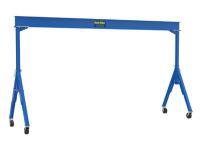 Browse 10 Products
Browse 10 Products Browse 20 Products
Browse 20 Products Browse 19 Products
Browse 19 Products Browse 17 Products
Browse 17 Products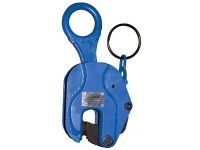 Browse 10 Products
Browse 10 Products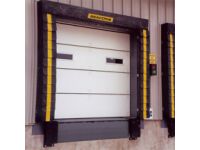 Browse 12 Products
Browse 12 Products Browse 6 Products
Browse 6 Products Browse 5 Products
Browse 5 Products Browse 3 Products
Browse 3 Products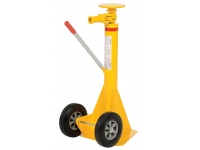 Browse 5 Products
Browse 5 Products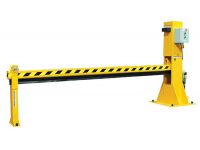 Browse 9 Products
Browse 9 Products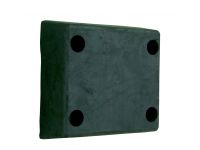 Browse 8 Products
Browse 8 Products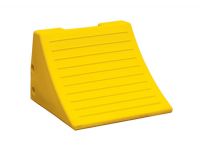 Browse 23 Products
Browse 23 Products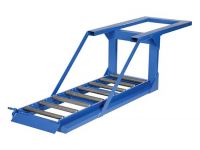
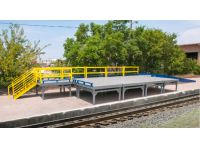 Browse 2 Products
Browse 2 Products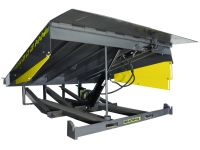 Browse 5 Products
Browse 5 Products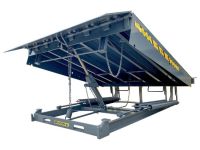 Browse 3 Products
Browse 3 Products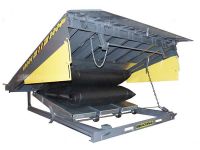 Browse 2 Products
Browse 2 Products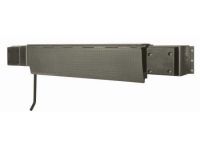 Browse 7 Products
Browse 7 Products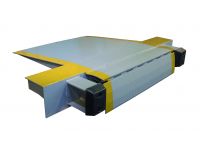
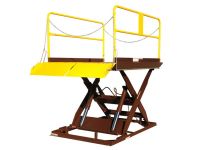 Browse 6 Products
Browse 6 Products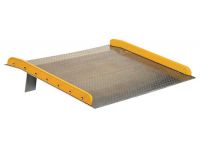 Browse 8 Products
Browse 8 Products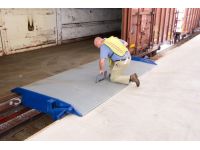
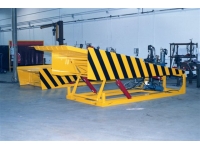 Browse 3 Products
Browse 3 Products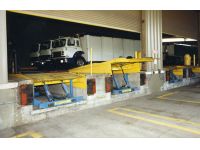
 Browse 14 Products
Browse 14 Products Browse 11 Products
Browse 11 Products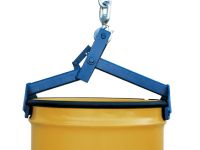 Browse 13 Products
Browse 13 Products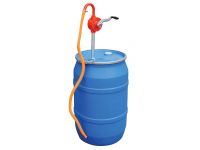 Browse 8 Products
Browse 8 Products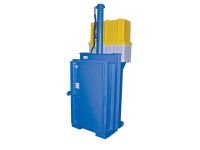 Browse 5 Products
Browse 5 Products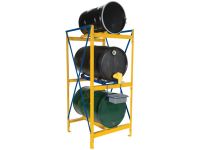 Browse 13 Products
Browse 13 Products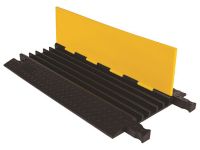 Browse 35 Products
Browse 35 Products Browse 4 Products
Browse 4 Products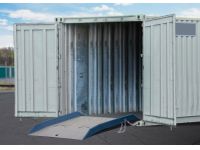 Browse 13 Products
Browse 13 Products
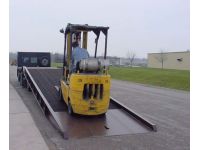 Browse 13 Products
Browse 13 Products Browse 21 Products
Browse 21 Products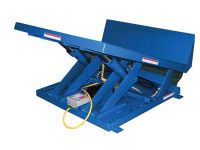 Browse 12 Products
Browse 12 Products Browse 14 Products
Browse 14 Products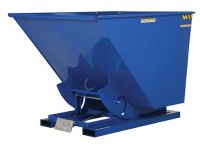 Browse 20 Products
Browse 20 Products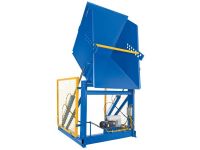
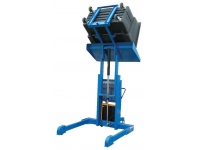 Browse 6 Products
Browse 6 Products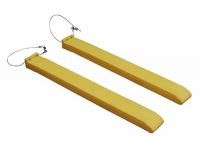 Browse 12 Products
Browse 12 Products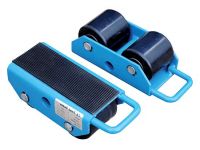 Browse 2 Products
Browse 2 Products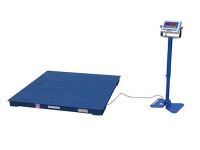 Browse 17 Products
Browse 17 Products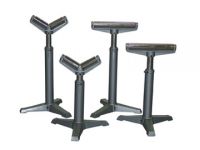 Browse 3 Products
Browse 3 Products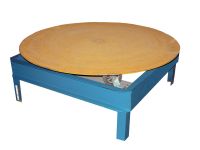 Browse 12 Products
Browse 12 Products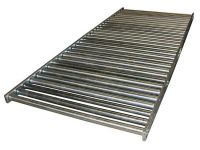 Browse 7 Products
Browse 7 Products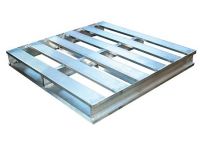 Browse 14 Products
Browse 14 Products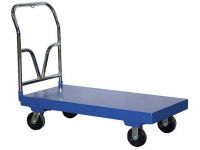 Browse 39 Products
Browse 39 Products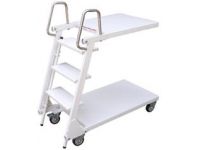 Browse 4 Products
Browse 4 Products Browse 14 Products
Browse 14 Products Browse 20 Products
Browse 20 Products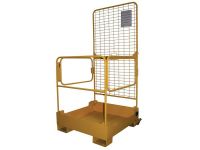 Browse 4 Products
Browse 4 Products Browse 17 Products
Browse 17 Products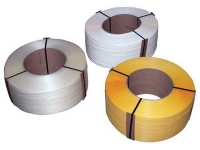 Browse 4 Products
Browse 4 Products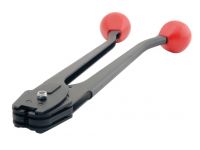 Browse 11 Products
Browse 11 Products Browse 27 Products
Browse 27 Products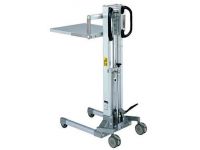 Browse 20 Products
Browse 20 Products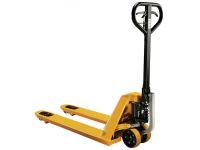 Browse 29 Products
Browse 29 Products Browse 8 Products
Browse 8 Products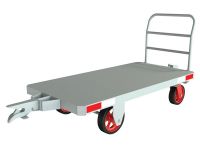 Browse 2 Products
Browse 2 Products Browse 4 Products
Browse 4 Products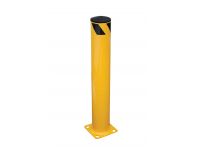 Browse 28 Products
Browse 28 Products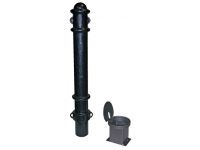 Browse 8 Products
Browse 8 Products Browse 21 Products
Browse 21 Products Browse 11 Products
Browse 11 Products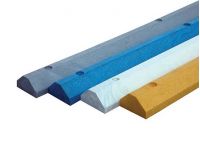 Browse 9 Products
Browse 9 Products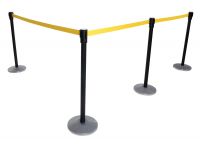 Browse 13 Products
Browse 13 Products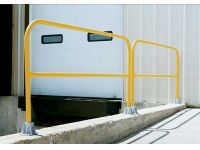 Browse 4 Products
Browse 4 Products Browse 4 Products
Browse 4 Products Browse 16 Products
Browse 16 Products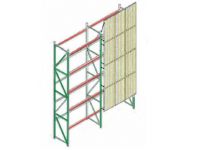 Browse 15 Products
Browse 15 Products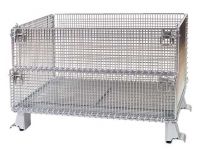 Browse 10 Products
Browse 10 Products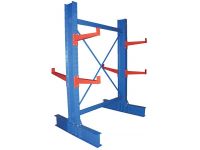 Browse 26 Products
Browse 26 Products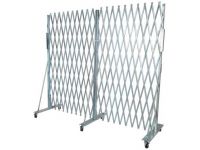 Browse 3 Products
Browse 3 Products